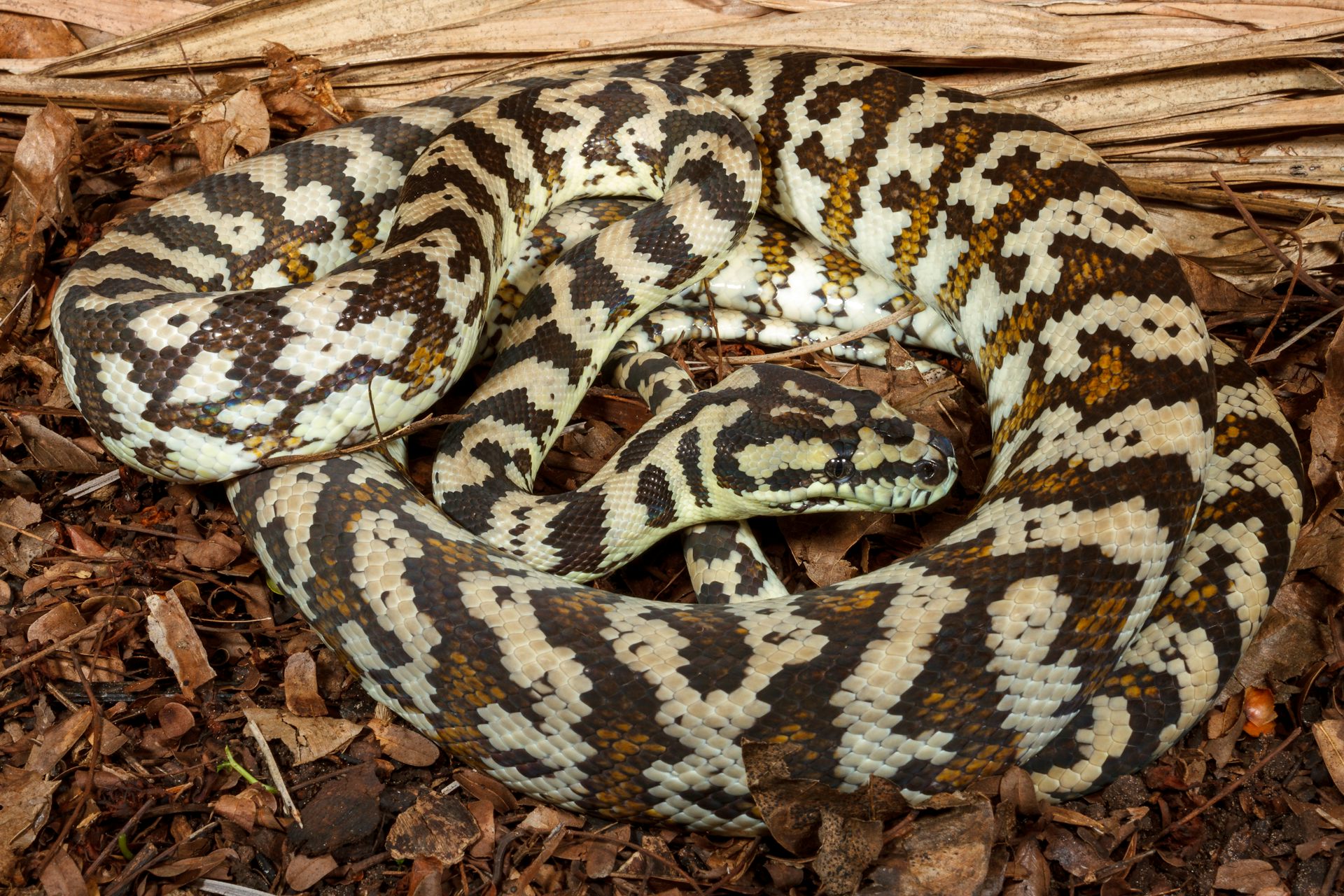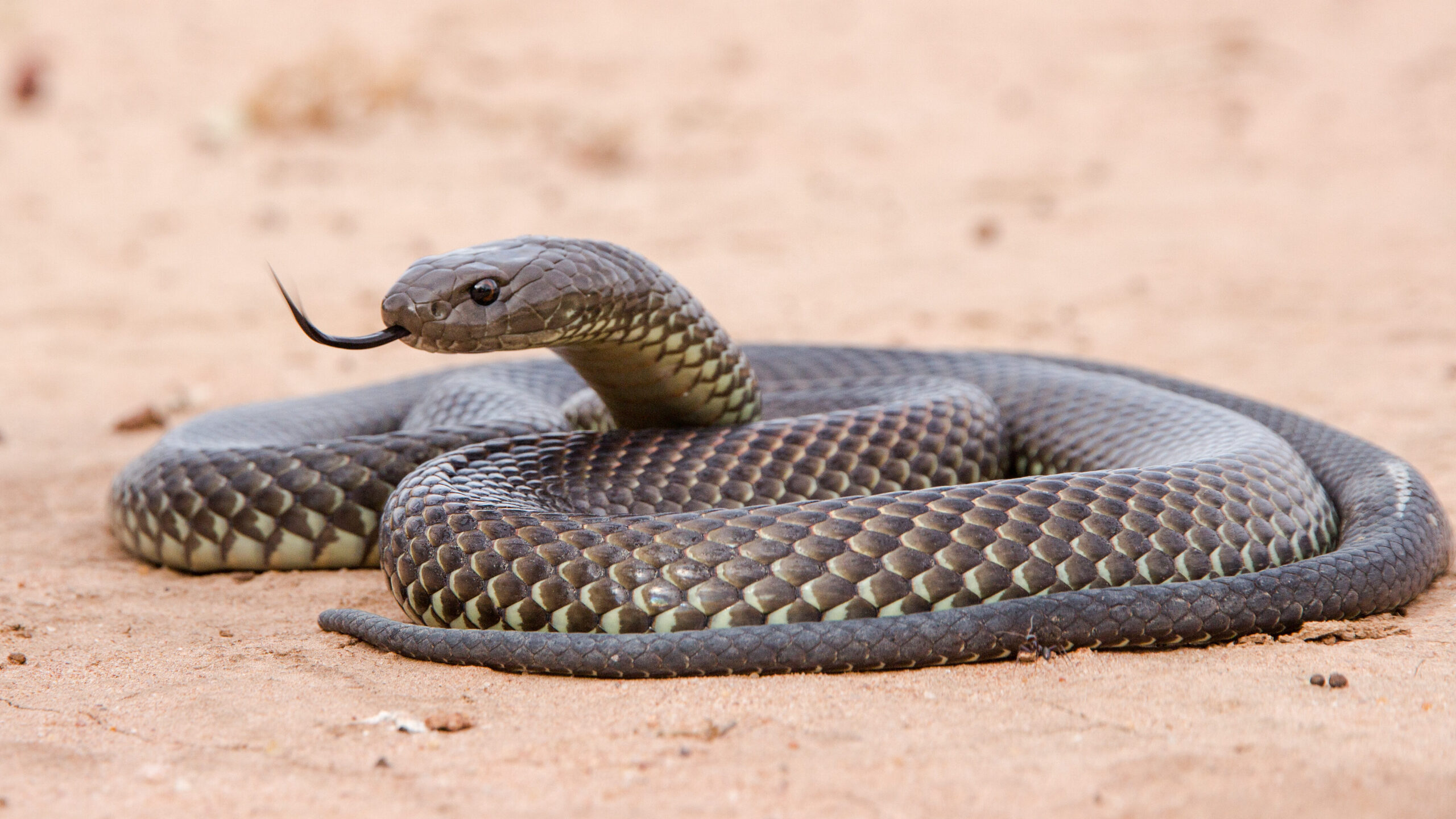Introduction
Australia, a land of varied wildlife, is home to lots of interesting creatures, consisting of snakes that can influence both wonder and fear. Amongst these snakes is the tiger snake, understood for its striking look and reputation as a poisonous killer. Consequently, one question regularly develops: Are tiger snakes venomous? This post will certainly look into the misconceptions and facts surrounding tiger serpents, their environment, habits, clinical effects of their bites, and much more.
Are Tiger Snakes Venomous?
When it pertains to the inquiry of whether tiger serpents are venomous, the answer is a definite yes. Tiger serpents (Notechis scutatus) are undoubtedly poisonous and ranking amongst the most hazardous serpents in Australia. Their venom has powerful neurotoxins that can bring about paralysis and even death if not dealt Click for info with quickly.
While casualties from tiger serpent attacks have actually come to be much less common due to developments in medical treatment and antivenom accessibility, this does not lessen the requirement for caution when running into these reptiles. The possible results of a tiger serpent bite include severe discomfort at the site of the bite, swelling, nausea or vomiting, trouble breathing, and neurological signs such as weakness or paralysis.
Types of Tiger Snakes
In Australia, there are several recognized subspecies of tiger snakes:
- Eastern Tiger Snake (Notechis scutatus): Discovered mostly in southeastern Australia. Tasmanian Tiger Snake (Notechis scutatus): A subspecies discovered just in Tasmania. Black Tiger Snake: Understood for its darker coloration.
Each of these species has variants in size Envenomation and actions but shares similar poison characteristics.
The Habitat of Tiger Snakes
Where Do They Live?
Tiger serpents are adaptable creatures discovered across different environments throughout Australia. They normally live in seaside regions however can also be located in marshes, swamps, waterfronts, and forests. Their preference for moisture-rich atmospheres makes them adept swimmers; for this reason they grow near water bodies like lakes or marshes.
Geographical Distribution
- Southeastern Coast: Home to Eastern tiger snakes. Tasmania: Dominated by Tasmanian tiger snakes. Northern Regions: Where you may experience less generally seen variants.
Habitat Preferences
Tiger serpents like areas with plentiful cover where they can conceal from killers while searching for victim. They commonly quest small mammals, frogs, birds, and also fish-- making them flexible seekers Visit this website within their environmental niche.
The Makeup of a Tiger Snake
Physical Characteristics
Tiger snakes possess distinct physical qualities that distinguish them from other Australian reptiles:
- Coloration: Normally banded with yellow or light stripes on a dark background. Size: They can mature to 2 meters long; however, typical dimensions vary in between 1.2 to 1.5 meters.
The distinct pigmentation serves both as camouflage versus predators and while stalking target in their all-natural habitat.
Behavioral Traits
Understanding the behavior patterns of tiger serpents is vital for those living within their geographical array:
- Nocturnal Activity: They are largely active at night however might additionally hunt throughout the day. Defensive Behavior: When threatened, tiger serpents might hiss loudly or squash their bodies-- a warning sign showing they really feel cornered.
Tiger Snake Bite Symptoms
If bitten by a tiger serpent, people need to watch for particular symptoms that show up not long after:
Severe local pain Swelling around the bite area Nausea or vomiting Difficulty breathing Neurological signs such as muscle mass weaknessIt's vital never to underestimate these signs; instant medical focus is important adhering to any serpent bite incident.
First Aid for Snake Bites
Immediate Activities After a Bite
Knowing how to respond rapidly can save lives when handling potential snake attacks:

First Help Kit Fundamentals for Serpent Bites
A well-stocked first aid kit need to include items specifically beneficial in treating serpent bites:
|Product|Objective|| --------------------------------|-----------------------------------------------|| Clean and sterile bandages|To cover wounds|| Antiseptic wipes|To cleanse around bite area|| Emergency situation get in touch with numbers|For fast access throughout emergencies|| Compression bandage|To help incapacitate influenced limb|
Proper prep work can make all the distinction when an emergency strikes.
Fact vs Myth Concerning Tiger Snakes
Myth 1: All Snakes Are Aggressive
Contrary to common belief, not all snake varieties show aggression in the direction of humans. Actually, lots of prefer to pull away than face us.
Myth 2: A Bite Constantly Causes Death
While fatal attacks do occur-- many thanks mainly to postponed treatment-- most of bites are non-fatal if dealt with promptly with antivenom.
Myth 3: You Can Draw Out Venom
This commonly held idea is false; trying to draw out venom only enhances issues rather than minimizing them!
FAQs
1. Are baby tiger snakes much more harmful than adults?
Baby tiger snakes may possess less venom than adults but commonly provide attacks without hesitation because of being even more frightened.

2. The length of time does it consider signs and symptoms to appear after a bite?
Symptoms usually appear within mins yet can in some cases take hours depending upon aspects like specific health and wellness conditions.
3. What ought to I do if I see a tiger snake?
Maintain range! Prevent provoking it; most experiences finish without event if you respect their space.
4. Is there an antivenom available for tiger snake bites?
Yes! Antivenom exists particularly developed for dealing with ailments triggered by tiger snake bites-- it's vital to look for specialist clinical support immediately!
5. Can I maintain a tiger serpent as a pet?
Keeping any kind of wild serpent varieties positions considerable dangers due mainly to their breeding behaviors & & dietary demands-- it's best left in nature!
6. Exactly how common are snake bites in Australia?
Australia sees countless snakebite situations annual; nonetheless deaths have actually reduced substantially many thanks mostly due improved awareness & & healthcare access!
Conclusion
In verdict, recognizing whether "Are Tiger Snakes Venomous?" carries significant effects for individual security when communicating with these fascinating reptiles native to Australia's diverse environments can not be overstated!
Arming ourselves with knowledge concerning these animals-- from their habitats and habits down with efficient first aid techniques-- encourages us towards much safer coexistence along with wildlife while mitigating threats connected with unintentional encounters!
By promoting education and learning concerning our setting's intricacies-- not simply focusing solely on fear-- we pave paths towards better admiration & & conservation initiatives benefiting both mankind & & nature alike!
